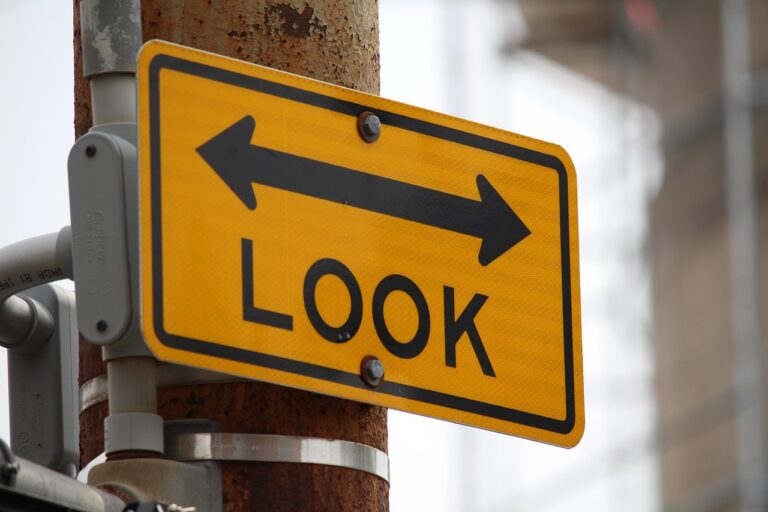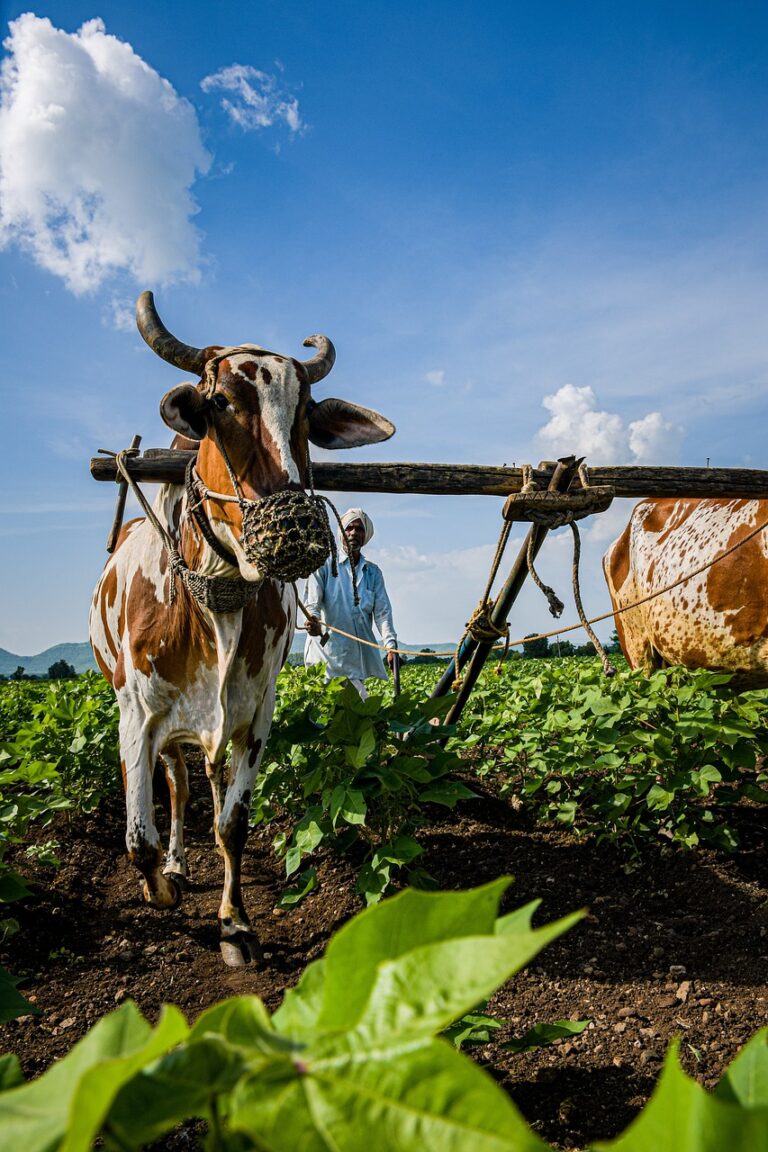
The Vanuatu Harbour
The most recent earthquake in the tiny island nation, Vanuatu, on December 17, 2024, measured 7.3 on the Richter Scale and claimed 14 lives besides leaving about 200 injured. The aftershocks are still continuing. Just a few months ago, another island nation, Taiwan, suffered from a massive earthquake of 7.4 magnitude on the Richter Scale!
So what is the common thread between the severe earthquakes in Vanuatu and Taiwan as well the not-so-distant devastating tsunamis in Indonesia and Japan?
The answer is the Pacific Ring of Fire!
The Pacific Ring of Fire causes over 90% of the world’s earthquakes, including the bulk of the largest and has been the scene of some of the worst earthquakes in recorded history.
That the Pacific Ring of Fire can wrought an unimaginable extent of damage on civilisations could not be better illustrated than by the Japan earthquake of 2011 that claimed the lives of at least 20,000 people.
But besides Vanuatu, Japan, and Taiwan, there are many other countries in this region, which time and again, face the fury of the Pacific Ring of Fire.
Bolivia, Chile, Ecuador, Peru, Costa Rica, Guatemala, Mexico, United States, Canada, Russia, Japan, Philippines, Australia, Papua New Guinea, Indonesia, New Zealand, and Antarctica are some of the important places located in the ring of the fire, among which Japan, Indonesia and Chile face most earthquakes.
Professor Chris Elders, a geology expert from Curtin University in Australia, stated, “What you can say with confidence is that there will always continue to be earthquake and volcanic activity across different parts of the [Pacific] Ring of Fire.”
Ironically, back in 1520, when the explorer Ferdinand Magellan visited Earth’s biggest Ocean, he found the water presently calm. Hence, he named it “The Pacific Ocean” where the word “Pacific” means peace. Little did he know that there’s a vast loop of volcanoes, trenches and seismically active places running through and around the Pacific which will in later times claim thousands of lives.
The Pacific Ocean has a collection of tectonic plates, which are massive slabs of the Earth’s crust that fit together like a jigsaw. These moving plates, aptly called the Ring of Fires, can clash, move apart, or glide together, forming convergent, divergent, or transform boundaries. These conflicts and the diversion movement of tectonic plates result in extensive ocean trenches, volcanic eruptions, and earthquake epicentres along the plates’ borders, known as fault lines. It is home to the bulk of the planet’s subduction zones, which is how volcanoes develop. They are frighteningly disastrous and predictably unpredictable!
The most recent earthquake in the region in the tiny island nation, Vanuatu, on December 17, 2024, measured 7.3 on the Richter Scale and claimed 14 lives besides leaving about 200 injured.
Just a few months before the earthquake in Vanuatu, the death figures in Taiwan, which recorded a 7.4 magnitude earthquake on April 3, 2024 – the strongest in 25 years, and an earthquake of 6.3 magnitude on August 16, 2024, were respectively 18 and 17 only, but left thousands injured. Perhaps better preparedness caused fewer deaths but these earthquakes including the recent one in Vanuatu continue to cause massive damage to the infrastructure.
Also read:
- First Person: The ground shakes these days in Taiwan!
- FAO helps Vanuatu recover from twin cyclones and earthquake
The recent Vanuatu earthquake too, caused massive damage to the infrastructure to the extent that the United States of America had to issue a travel advisory to its citizens to avoid visiting the island nation. Several structures, including medical centres, were damaged. Landslides severely damaged essential roads and bridges connecting the airport to the major seaport. In addition, most telecommunications networks are still down or intermittent.
Following the earthquake, Vanuatu’s government websites fell, and phone lines for the police and other governmental entities were inoperable. There, roughly 40,000 children now require humanitarian assistance. Footages showed shattered windows and crumbling concrete pillars on a structure in Port Vila that houses foreign embassies. UNICEF, which is currently deploying community first aid kits, Interagency Emergency Health Kits (IEHK), and tents to ensure the continuity of crucial health services, says its immediate priority though is to provide children and families with the lifesaving assistance they require.
WFP (World Food Programme) has collaborated with Vanuatu’s National Disaster Management Office (NDMO) and other partners to speed up the emergency response and logistical coordination. Disaster and logistics professionals are being dispatched to assist the NDMO and national logistics cluster with response coordination, planning, and information management, as well as the delivery of mobile storage units.
The people of the region of the Pacific Ring of Fire have learnt to live with such disasters. But they continue to live on the edge.
The Ring of Fire has been the scene of some of the worst earthquakes in recorded history, among which were the Chile earthquakes of 1960 and 2010, the Alaska earthquake of 1964, and the devastating Indian Ocean tsunami in 2004. The 1960 Valdivia earthquake in Chile left two million people homeless, injured at least 3,000, and killed approximately 1,655. And the 2010 earthquake in Chile faced 528 fatalities. The 1964 Alaska earthquake which was followed by a massive tsunami faced 129 deaths in the region.
Researchers at the Berkeley Seismological Laboratory of the University of California classify the Ring of Fire as a “coincidence,” which suggests that not all earthquakes that occur here are connected. An array of earthquakes shook Japan’s Kyushu Island in April 2016. That same month, Chile had a 7.2-magnitude earthquake. The researchers pointed out that the epicentres were about 10,000 miles apart, making the distance between Chile and Japan far too large for their earthquakes to be related.
A tectonic study by the United States Geological Survey (USGS) reveals that the temblor in Vanuatu happened on December 17, 2024, as the consequence of oblique normal faulting. The earthquake’s depth placed it beneath the border between the Australian and Pacific plates in the Coral Sea area, within the subducting Australian plate. In this location, the Australian plate travels east-northeast at a rate of around 85 mm per year relative to the Pacific plate. The Australian plate slips eastward beneath the Pacific near the Vanuatu Trench, causing the biggest earthquake in Vanuatu after 74 years this time. The largest known event in the vicinity was a magnitude 7.9 earthquake in December 1950, approximately 86 kilometres southwest of Vanuatu’s capital Port Vila.





